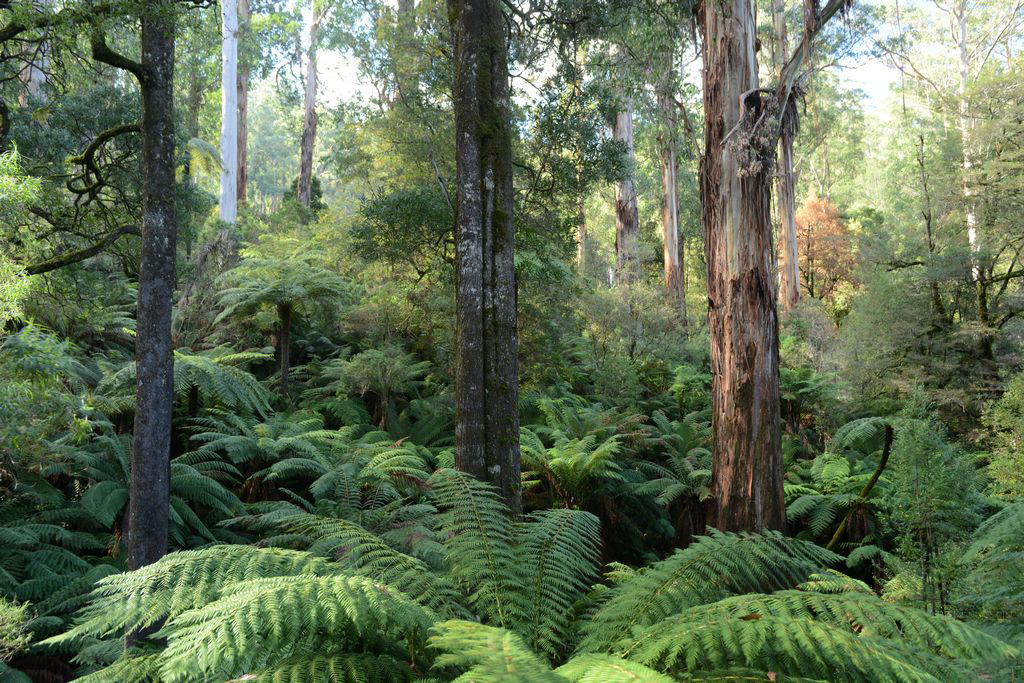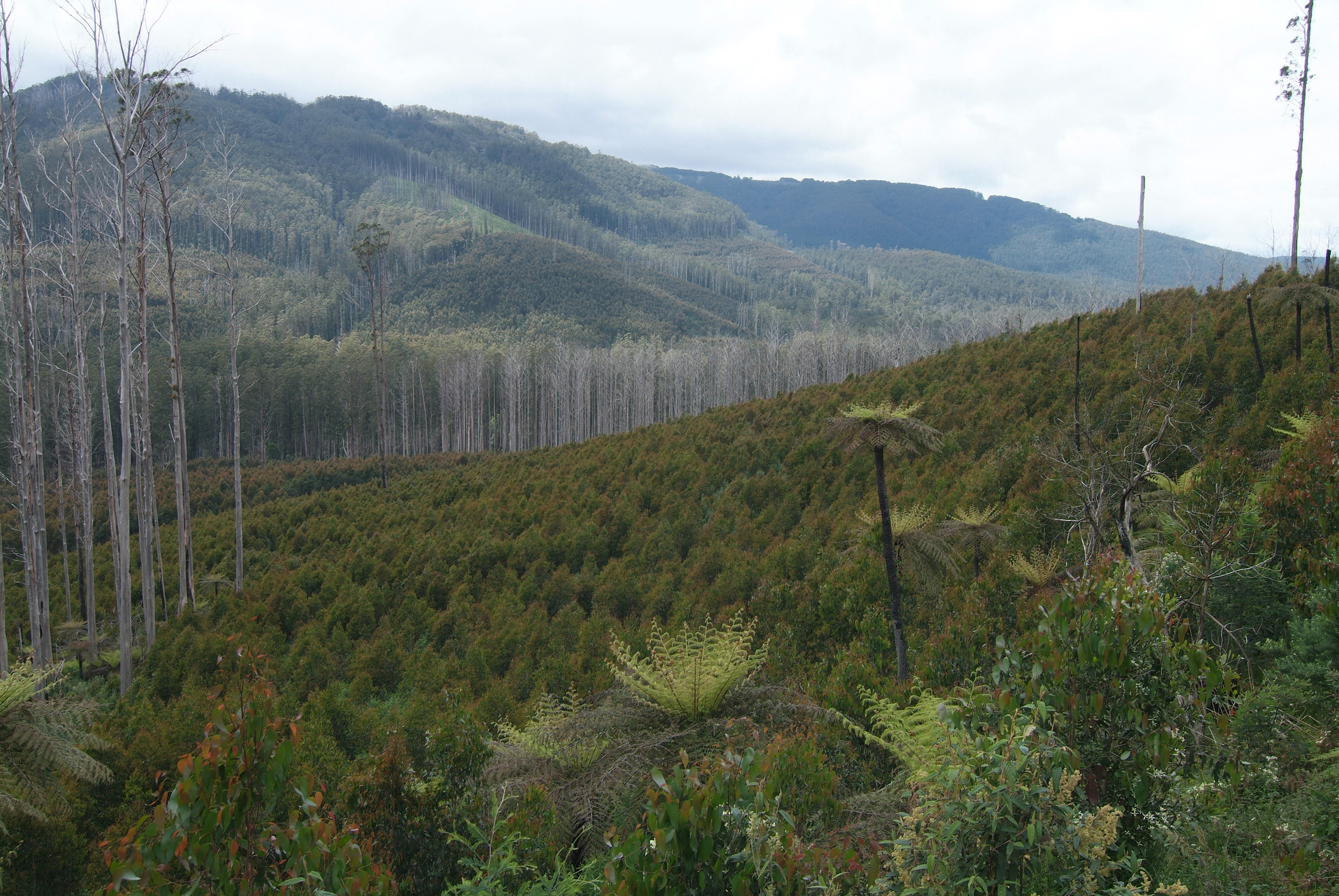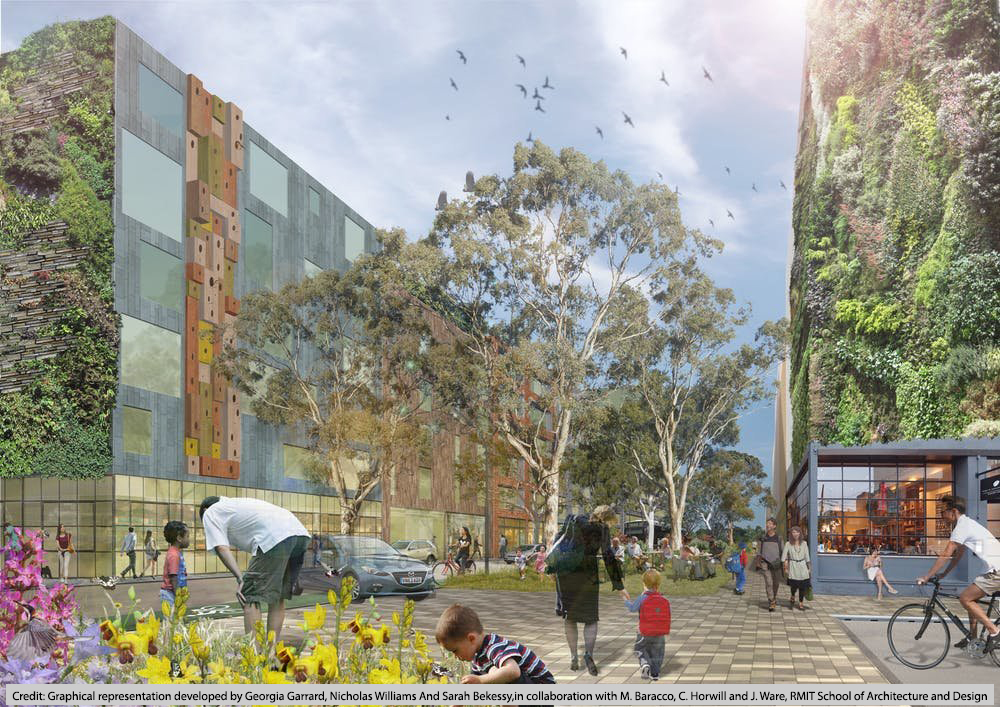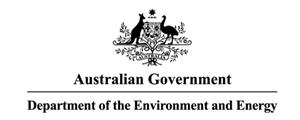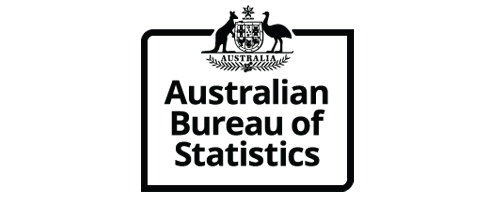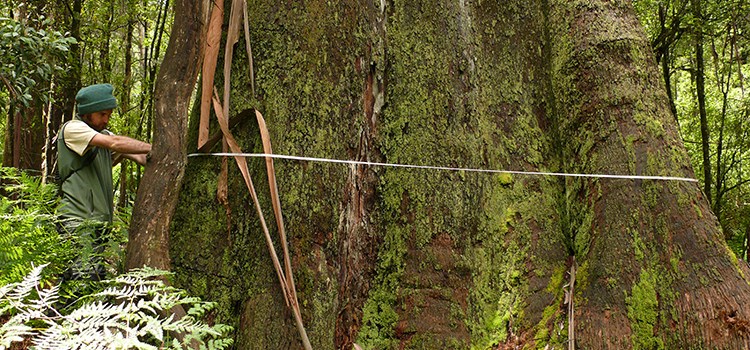
Project: 3.2.4
Ecosystem Accounts in the Victorian Central Highlands
Project Leaders: Heather Keith , David Lindenmayer
Research in Brief
Natural resource management is complex and involves policy compromises. Discord between environmental and economic metrics creates problems in assessing trade-offs between current and potential resource uses. Ecosystem accounts, which quantify ecosystems and their benefits for human wellbeing provide exciting opportunities to contribute significantly to the policy process.
This Central Highlands case study spatially links the impacts of human and natural activities on ecosystem assets and services to industries. Our study reveals that native forests would provide greater benefits from their ecosystem services of carbon sequestration, water yield, habitat provisioning and recreational amenity, if harvesting for timber production ceased.
Why is the research needed?
The Central Highlands region in Victoria is approximately 100 km north-east of Melbourne. The region is 735,655 ha in area and consists predominantly of native forest on public land, with about half currently managed for wood production and half for conservation.
Public land in Australia used for commercial native timber production is managed under federal–state government agreements known as Regional Forest Agreements. These agreements, reached through protracted and controversial processes involving debates among public, industry, government and non-government organisations are due to be renewed. Hence, getting improved data for decision-making processes is imperative. The issue of specific concern in the Central Highlands is a proposal to expand protected areas for conservation of endangered species, particularly the Critically Endangered Leadbeater’s possum, and for recreational amenity.
The Australian Government has the National Strategy for Environmental Economic Accounting, which was endorsed by the Meeting of Environment Ministers in April 2018. Development of case studies are a priority to build a national framework that can underpin environmental decisions.
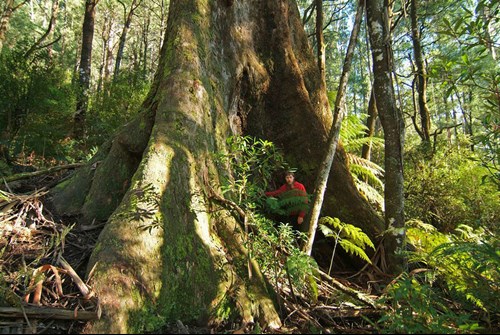
Large mountain ash, Toolangi. Photo: David Blair
How can the research help?
This research findings will inform decision-making for the conservation and management of the Central Highlands and the associated threatened species with the area. In particular it will assess the value of different land-use options within the area and the impact on the environment and economy of ceasing native forest logging.
The project will collate and analyse data in the form of a holistic framework of accounts that will include ecosystem assets and services for habitat provisioning, recreational and aesthetic values, water supply, carbon storage and carbon sequestration.
The accounts will allow identification, quantification and comparisons of:
- the values of different human activities
- the impacts of activities on ecosystems
- who benefits from using ecosystem services
- trade-offs among activities that conflict in their use of ecosystem services
- locations of greatest conflict over use of ecosystem services
- areas of priority for conservation
as well as:
- track changes over time and identify drivers
- allow assessment of management options for private and public landowners
- allow agencies responsible for biodiversity conservation and land management planning to assess possible policy interventions
Accounts can be used to track change over time in ecosystem extent and condition. This information is used to assess risk of extinction of threatened species and communities, identify locations of refuges and continuity of habitat, and assess interactions with surrounding land uses. The efficiencies of conservation activities and progress towards targets can be assessed, such as the condition and benefits of restoration projects.
In Australia, policy demands for implementing ecosystem accounts are just beginning, specifically for State of the Environment reporting and national environmental accounting work identified by Ministers for Environment at their Council of Australia Governments Meeting in November 2018.
Accounting for ecosystems, as part of the environmental–economic system that involves interaction between biotic and abiotic components of the environment, is still at an early stage in Australia. This project will provide a valuable contribution to the development and application of ecosystem accounting nationally and internationally as well providing valuable research to underpin the management of the Central Highlands.
What research activities are being undertaken?
The project will use the System of Environmental-Economic Accounting (SEEA), an international statistical standard developed by the United Nations, European Commission, International Monetary Fund, OECD and The World Bank. It is applied in more than 50 countries worldwide. The SEEA complements Australia’s System of National Accounts and aims to incorporate environmental information into mainstream policy decisions.
Developing ecosystem accounts is a multifaceted study that includes the following stages:
- discussion with stakeholders in the region to identify needs and uses of the outputs, and existing sources of data
- collation of existing environmental, spatial, social and economic data
- development of a Geographical Information System to produce spatial models
- modelling and analysis to identify relationships between environmental, social and economic data and change
over time of ecosystem assets and condition - valuation of ecosystem services and industry added value for each industry
- analysis, interpretation and presentation of the results in a form relevant to stakeholders.
Who is involved?
The project is led by researchers from The Australian National University, who are collaborating with the Australian Government Department of Environment and Energy, the Australian Bureau of Statistics, and the Long-term Terrestrial Ecosystem Research Network (LTERN).
Where is the research happening?
The Central Highlands region in Victoria is approximately 100 km north-east of Melbourne. The region is 735,655 ha in area and consists predominantly of native forest on public land.
When is the research happening?
This project will begin in January 2017 and run until mid 2021.
Further information
For more information please contact:
David Lindenmayer - david.lindenmayer@anu.edu.au
OR
Michael Vardon - Michael.Vardon@anu.edu.au
Top image: Mountain ash forest trees, Photo: David Blair
